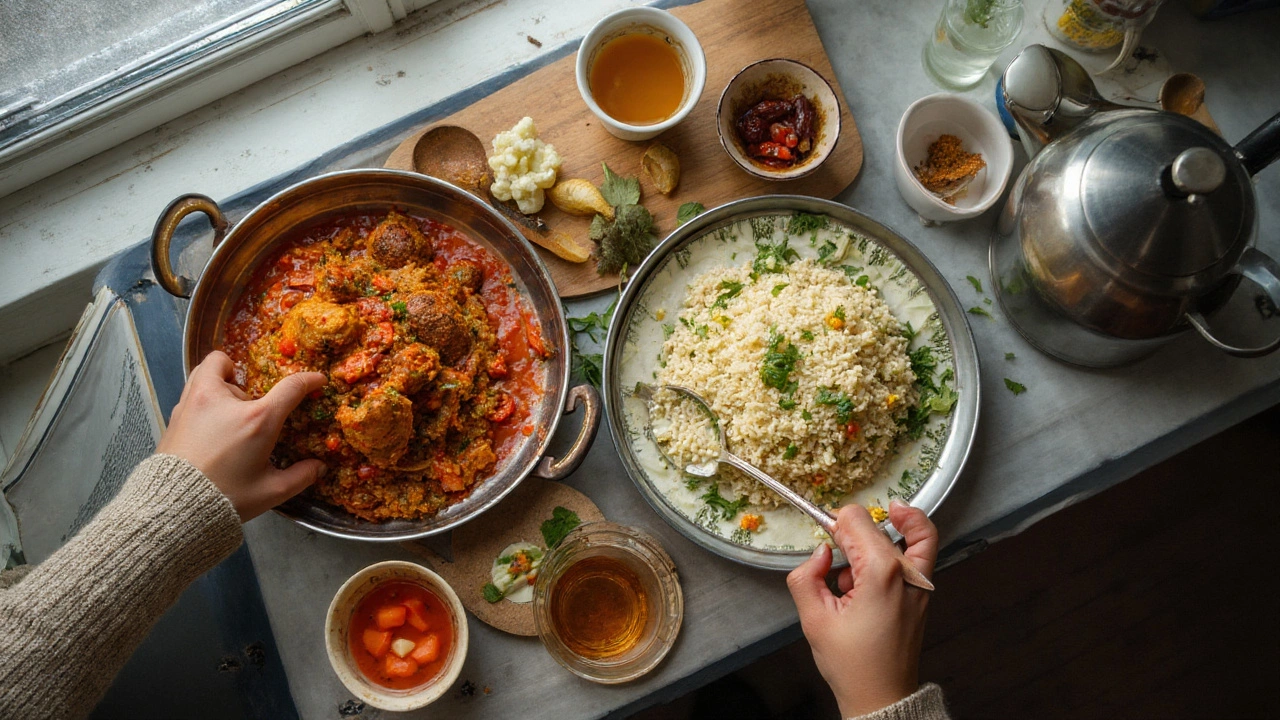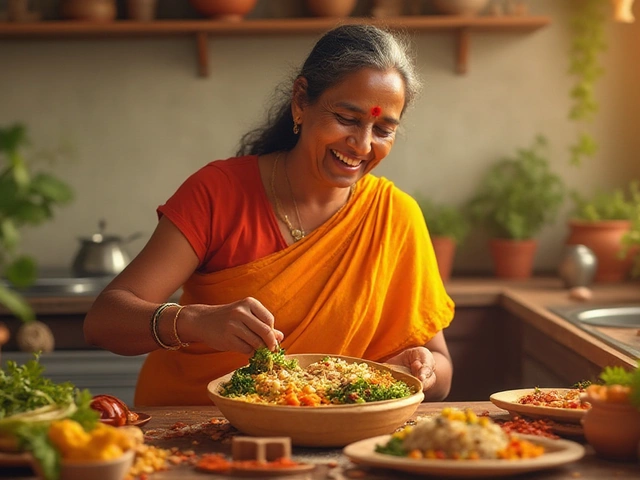A clear, practical guide to inflammatory foods in Ayurveda-what stokes heat, dryness, and heaviness, with dosha-specific lists, swaps, and UK-friendly examples.
Read MoreAyurveda Inflammatory Foods: Spot the Triggers and Choose the Soothers
If you’re following Ayurveda, you’ve probably heard that the right foods keep the doshas in harmony. What many don’t realize is that certain items act like tiny sparks, lighting up inflammation in the body. Ignoring these sparks can lead to joint ache, digestive upset, and even mood swings. The good news? You can spot the culprits fast and replace them with calming choices that fit your constitution.
Foods That Ignite Inflammation
First up, the common offenders. Fried snacks, heavy cream, and fast‑food sauces are loaded with saturated fats and refined sugars. In Ayurvedic terms, they aggravate pitta and kapha, creating excess heat and mucus. Red meat, especially when heavily spiced with chilies, also fuels pitta fire. Processed grains like white rice and white flour lack fiber, so they spike blood sugar and stir up inflammatory markers. Finally, dairy that’s not fresh – think sour milk or cheese left out – can disrupt digestion and lead to “ama” (toxins) building up.
Why does this matter? When inflammation rises, you might feel sticky joints, a burning stomach, or a constant tiredness. These symptoms are the body’s way of saying the diet is out of sync. Cutting back on the above foods is the first step to resetting your internal balance.
Cooling Choices to Soothe Inflammation
Now for the soothing side of the plate. Fresh vegetables like cucumber, zucchini, and leafy greens are naturally cooling and high in antioxidants. They help douse pitta fire and support the liver in flushing out toxins. Whole grains such as quinoa, barley, and brown rice provide steady energy without spiking blood sugar, keeping kapha calm.
Spices are powerful allies when used wisely. Turmeric, ginger, and cinnamon have documented anti‑inflammatory effects and fit well in Ayurvedic cooking. Add a pinch of coriander or fennel to meals for extra digestion‑boosting benefits. For protein, lean options like mung beans, lentils, and tofu are easy on the gut and keep the doshas balanced.
Don’t forget healthy fats. A tablespoon of cold‑pressed coconut oil or a drizzle of sesame oil adds flavor and helps the body absorb fat‑soluble nutrients without overloading pitta. And if you enjoy fruit, choose sweet, juicy options like watermelon, papaya, and ripe pears – they’re cooling and help hydrate tissues.
Putting it all together is easier than you think. Start each day with warm lemon water to kick‑start digestion, then build a breakfast of oatmeal topped with fresh berries and a sprinkle of turmeric. Lunch could be a quinoa bowl with roasted veggies, a handful of nuts, and a dash of cumin. For dinner, keep it light: a steamed vegetable stir‑fry with tofu, seasoned with coriander and a splash of sesame oil.
Remember to listen to your body. If a particular food still causes discomfort, it might be a personal trigger even if it’s generally “cooling.” Ayurveda encourages self‑observation, so note how you feel after meals and adjust accordingly.
By swapping inflammatory foods for these calming alternatives, you’ll likely notice less joint stiffness, smoother digestion, and a steadier mood. The change doesn’t have to be drastic – even one or two swaps each week can shift the balance. Keep the food simple, fresh, and suited to your dosha, and let your body thank you with calm, steady energy.





